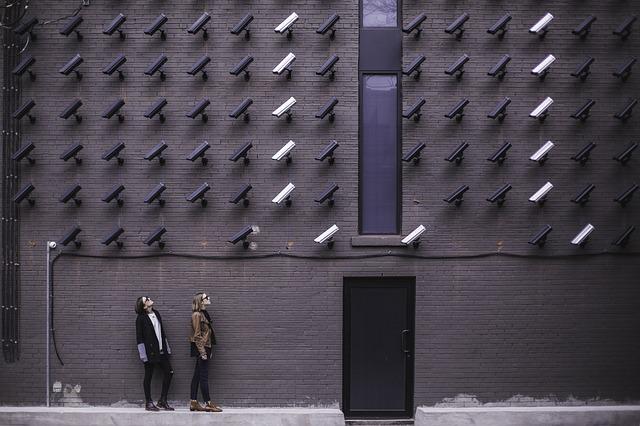
You will need to think about a few things before installing a hinged door screen. These concerns include materials, installation, and function. These tips can help ensure that you make the most from your new screen door. Learn more about how to install a hinged door screen door in this article. It will help to avoid common mistakes made by homeowners when installing a screening door.
Installing a hinged screening door
It's important to remember a few key points when installing a hinged screen doors. For one, it's important to make sure that the screen door is level. This way, it won't get knocked down by the wind. Also, make sure that the screen door's latch is installed properly.
You can follow the instructions on a store-bought, hinged screen door. Many hinged screen doors come with handles that are already attached. Otherwise, you will need to drill pilot holes on the jamb and attach the hinges.

Materials
There are a few different types of materials that can be used in hinged screen doors. Aluminum is the most popular type. Aluminum is lightweight and easy to make. Another type of aluminum is rollformed aluminum. It's made from a thin aluminum sheet with a screen channel. Because of their rectangular shape, rollformed aluminum screens can be strong. Stainless 316 is another common material that is strong and lightweight, but also resists corrosion.
Standard hinged screens are usually attached behind or in front of an exterior door, but retractable or sliding screens might need to be installed on tracks. An exterior screen door costs $200-300 depending on the material and how it's installed. Vinyl and aluminum doors tend to be cheaper than wood doors.
Functions
Choosing the right hinges for your screen door will make it easier to open and close. They will also prolong the life of your screen door. There are many different styles and functions to choose from. When choosing hinges, consider the following: Handling: The orientation relative to the locking mechanism is what your doorway's "handing". It is crucial that the handing match up. The wrong handing could lead to costly errors.
Installation
Preparing the door frame is the first step to installing a hinged screen doors. Make sure there is at most 3/8 inch clearance between the screen door frame and the doorjamb. Next, mark with a pencil where the hinge mounting bolts should be placed and attach them to the screen door using a screwgun. Finalize the installation of the handle by drilling two holes in a screen door frame.

Many screen door kits include hardware that can be used to install the doors. Make sure you purchase one that has reversible hinges, as they should be installed on the same side of the screen door as the exterior door hinges. This may be something you are familiar with if your front door has been installed.
FAQ
What Home Security Systems are Unhackable?
This depends on what definition you use of hacking. Hacking refers unauthorized access to computer systems and networks. The majority of home security systems are not vulnerable to hacking because they do have software that allows others to remotely control them. They won't let anyone enter your home without permission.
If the home security system is connected to the Internet, however it can be hacked. These types of systems usually require a password to operate, which means that someone can hack them if he knows the correct password.
What is the best home surveillance system?
A home security system with cameras can help protect your family against intruders. These systems are simple to set up and can provide many benefits to both renters and homeowners. You can also remotely monitor your property from your smartphone, tablet, computer or any other mobile device.
Who is the best home security monitoring company?
ADT is the best home security company. ADT offers a 24/7 monitoring service at an affordable price. Their customer support team is available around the clock, and they will respond to any issues within minutes.
ADT also has an app for iOS and Android. This allows you to check your home anywhere and anytime.
Statistics
- Depending on your insurance, 24/7 professional monitoring may qualify you for as much as 15% off your premium. (safewise.com)
- Most home security companies will charge you around 75% of the remaining term of your contract if you cancel early—and some require 100%.Related questionsWhat type of contract length can I expect from security providers?Home security system cancellation (safewise.com)
- Depending on your insurance, 24/7 professional monitoring may qualify you for as much as 15% off your premium. (safewise.com)
- (In my experience, the discount on my home insurance covered about 25 percent of the subscription of an average plan, but your mileage may vary depending on your location and the size of your home.) (theverge.com)
External Links
How To
How to Install a Home Security System
A home alarm system is a device which monitors your home and alerts when there's an activity. It could be a motion sensor, doorbell camera, smoke detector, fire alarm, flood alert, carbon monoxide detector, burglar alarm, etc. A home security system is usually composed of one or several sensors (e.g. motion detectors), that send signals when there's movement or sound. The signals are then sent to a control panel where they're monitored and recorded. A control panel will alert your phone, tablet or computer if something is wrong. You'll know what's going on and can take action immediately.
The first step to installing a home security system is choosing the right type of sensors for your home. There are two main types: passive and active sensors. Passive sensors aren't powered by batteries. They just detect sounds and vibrations in their environment. They include things like doorbells, sirens, and buzzers. Active sensors transmit data via electricity. Examples of such sensors include cameras and motion sensor.
There are many sensors brands today. Each brand has its advantages and disadvantages. Some sensors are waterproof, others are not. Some include built-in speakers to allow you hear them even when they are outside. Others are only for use inside. Some are basic while others offer advanced features, such as night vision.
After selecting the right sensors for your property and deciding on a manufacturer, you will want to make a selection. This will ensure that your sensors are compatible. There should be many options at your local hardware store.
Once you have selected a brand of sensor, you need to decide the number you wish to buy. Depending on whether someone lives alone or with their family, most people buy one to two sensors. However, if you plan to add additional sensors later, you might consider buying extra than you think you'll need now.
Next, you'll need to figure out where you want to place your sensors. Do you want them close to doors or windows? Do you prefer to keep them away? Make sure you get permission before placing them around your property. Also, make sure they won't interfere with anything else, like electrical outlets.
Now that you know where you want to put your sensors, you'll need a way to connect them to your control panel. Depending on your setup you might need to buy a power adapter and/or battery pack. Once everything is in place, you can start to monitor your property.